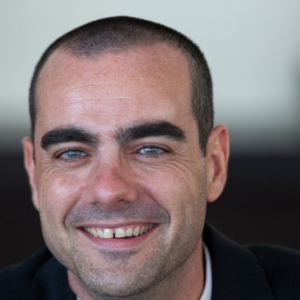Title : Chloroform conversion into hydrocarbons by hydrodechlorination with Pd supported on activated carbons obtained by chemical activation of lignin
Abstract:
onversion of chloroform (TCM) by gas-phase catalytic hydrodechlorination (HDC) has been addressed to maximize the selectivity to ethane and propane hydrocarbons. Several own-made Pd (1 wt.%) catalysts have been tested. The catalysts were prepared by incipient wetness impregnation of five different activated carbons. These carbons were obtained by chemical activation of lignin with different activating agents, namely, H3 PO4 , ZnCl2 , FeCl3 , NaOH and KOH. The catalysts were fully characterized by N2 adsorption-desorption at -196 ºC and CO2 adsorption at 0 ºC, TPR, NH3 -TPD, XRD, XPS and TEM. The activating agent conferred important differences on the characteristics of activated carbon supports, and hence to the resulting catalysts, in terms of porous texture, surface acidity, Pd oxidation state and Pd particle size distribution. NaOH and KOH activation led to carbons with the highest surface areas (2158 and 2991 m2 ·g-1, respectively) and low Pd0 /Pdn+ ratio, while ZnCl2 - and H3 PO4 -activated carbons yielded the highest surface acidity and mean Pd particle sizes. The analysis of the TOF values revealed that HDC of TCM on these catalysts is a structure-sensitive reaction, increasing TOF values with Pd particle size. The best results, in terms of selectivity to ethane and propane, were obtained with the catalysts supported on KOH and NaOH activated carbons. The former allowed 80% selectivity to those target compounds at almost complete dechlorination (> 99%) at 300 ºC. The KOH-based catalysts showed fairly good stability at 200 ºC reaction temperature.


